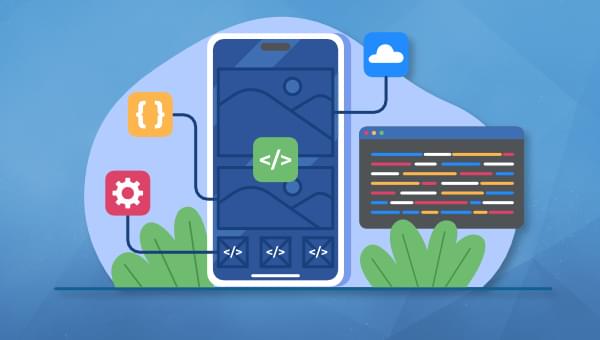The rise and rapid adoption of new innovative technologies, such as generative artificial intelligence, no-code apps, automation, and the Internet of Things (IoT), have significantly impacted the global cybersecurity and compliance landscape for all industries. Cybercriminals are now utilizing these technologies to launch attacks and cause more damage. According to the 2023 Cybersecurity Ventures Cybercrime Report, the cost of cybercrime is projected to reach $10.5 trillion in damages worldwide by the end of 2024. This report identifies data breaches, stolen funds, intellectual property theft, operational disruptions, and post-attack recovery as the main expenses for organizations under this trend. On the other hand, Google’s Cloud Cybersecurity Forecast 2024 report highlights the increased use of AI, nation-state-supported cybercriminal gangs, zero-day vulnerabilities, and modern phishing as the main attack vectors for the coming year. To stay ahead of these threats, IT and security leaders should focus on layered security solutions and zero trust to protect their company’s data from top cybersecurity threats like ransomware and phishing.
Jump to:
1. Ransomware
Ransomware, which involves breaching business-critical systems and assets to encrypt them and hold them for ransom, will continue to be a major issue for organizations in 2024. Cybercriminal groups, both new and established, will leverage ransomware as a service, making it easier to launch sophisticated attacks. They will also employ evolving tactics like double and triple extortion, pressuring victims through data leaks. It is essential for organizations to prioritize ransomware defense by updating systems, implementing robust backups, training employees, and considering cyber insurance.
2. OT-IT security
The convergence of operational technology (OT) and information technology (IT) in critical infrastructures, industrial facilities, public service providers, and manufacturing plants creates new vulnerabilities and opportunities for cybercriminals. Attacks on OT infrastructures through compromised IT systems can disrupt operations, cause physical damage, and risk public safety. Organizations operating OT-IT systems must modernize legacy technology, deploy layered security, segment IT and OT networks, and implement robust access controls to prevent attacks.
3. Dark Web
The Dark Web, a hidden portion of the internet accessible only through specialized software and configurations, is a breeding ground for illegal activities. New trends on the Dark Web include the rise of organized criminal activity, characterized by the availability of no-code malware, plug-and-play kits for launching cyberattacks, and dedicated customer support. Additionally, fileless attacks and zero-day brokers are becoming increasingly prevalent. It is crucial for organizations to actively monitor the Dark Web through professional services to mitigate the different threats that originate from there.
4. Malware as a service and hackers-for-hire
The availability of platforms and tools that broaden the range of accessible malware and attack functionalities has dramatically increased in the Malware as a Service (MaaS) landscape. MaaS user interfaces have become more intuitive, diverse, and cater to various budgets and needs, lowering the barrier to entry for cyberattacks. Hackers-for-hire services have also become common, further democratizing cybercrime. To navigate this evolving landscape, organizations must prioritize implementing strong layered security solutions, educating employees about MaaS and hackers-for-hire threats, and running phishing simulations to identify weak points in their organizations.
5. Modern phishing
Phishing attacks that use social engineering techniques and personalized messages to trick victims into revealing sensitive information or downloading malicious files are evolving. Criminals are using AI to automate campaigns, generate convincing content like deep fakes, and learn from successes. To stay ahead, organizations must invest in tools that can detect AI-generated content, educate employees about evolving threats, and run phishing simulations to identify vulnerabilities.
6. IoT and Industrial IoT
IoT and Industrial IoT devices, with their growing ubiquity and limited security, are attractive targets for cybercriminals. Attacks on IIoT devices have seen a significant rise, with attackers exploiting vulnerabilities to launch attacks and disrupt operations. Organizations must prioritize robust security practices throughout the entire IoT ecosystem, including secure coding practices, regular updates, strong authentication protocols, and monitoring networks for suspicious activity.
In addition to these threats, nation-state actors are increasingly using cyberattacks to achieve their goals. Organizations need to build strong relationships with government and law enforcement agencies and report security incidents to mitigate state-backed threats. By prioritizing comprehensive defense strategies and collaborating across sectors, organizations can better protect themselves from the evolving tactics of nation-state actors.
The cybersecurity landscape is constantly evolving, and threats are becoming more sophisticated. To mitigate modern cybersecurity and compliance threats, organizations must combine state-of-the-art technologies operating under holistic cybersecurity programs. Strategies like zero-trust models are essential to strengthening companies’ security postures as they adapt efficiently and proactively to cybersecurity threats.
Source link





















